Our Collections
The Story of Selma
The Old Depot Museum tells the story of Selma, Alabama and this history is one inherently woven with African American history and culture. Located near the river, this region of Selma was a crucial commercial corridor for the transportation of cotton, from Dallas County’s prosperous agricultural region, along the Alabama-Tennessee Railroad and further south to Mobile Bay. Transforming from a city built on the back of slavery to one crippled by Reconstruction and the Depression, Selma saw the urban African American population rise from 10% to 43% between 1910 and 1950. This was, in part, due to the fact that Selma was home to critical World War II training endeavors at Craig Field and unlike the majority of other bases, Selma had social and commercial hubs for African-American soldiers, especially at the 1939 WPA project known as the Dallas County Colored Community Center. The number of registered black voters in Selma tripled between 1944 and 1954, but the city became the birthplace of equal voting rights. The Student Non-Violent Coordinating Conference (SNCC) launched its campaign in Selma in 1963 and was later joined by the Southern Christian Leadership Conference (SCLC) in 1965, building momentum for the eventual success of the Selma to Montgomery March, following the events of Bloody Sunday and Turnaround Tuesday that occurred just south of the famous bridge problematically named for a Grand Dragon of the Alabama KKK.
All of these stories, and more, are critical to the interpretive mission of the Old Depot Museum. For much of its life (f. 1989), the Old Depot Museum has been a cabinet of curiosities and rooted to histories of the Civil War in the area, curator Beth Spivey has been responsible for the substantial renovation and reorganization of the museum and its collections, transforming the museum from a fascinating cacophony to a rich, thematic space with a primary focus on artifacts related to African American history and culture that were either (1) not on display or (2) not featured prominently within the museum. The museum now showcases handwritten bills of sale for enslaved children and official ‘slave receipts’. The murals from the WPA project known as the Dallas County Colored Community Center are now featured on the ground floor and the ‘colored waiting room’ of the historic Old Depot is thoughtfully programmed as the center of the museum’s Civil Rights interpretation. The Old Depot Museum also relays the stories of local Dallas County African American sharecroppers, captured in the rare and unparalleled Keipp collection, photographs of Selma’s first African American teachers who worked in all-white schools.
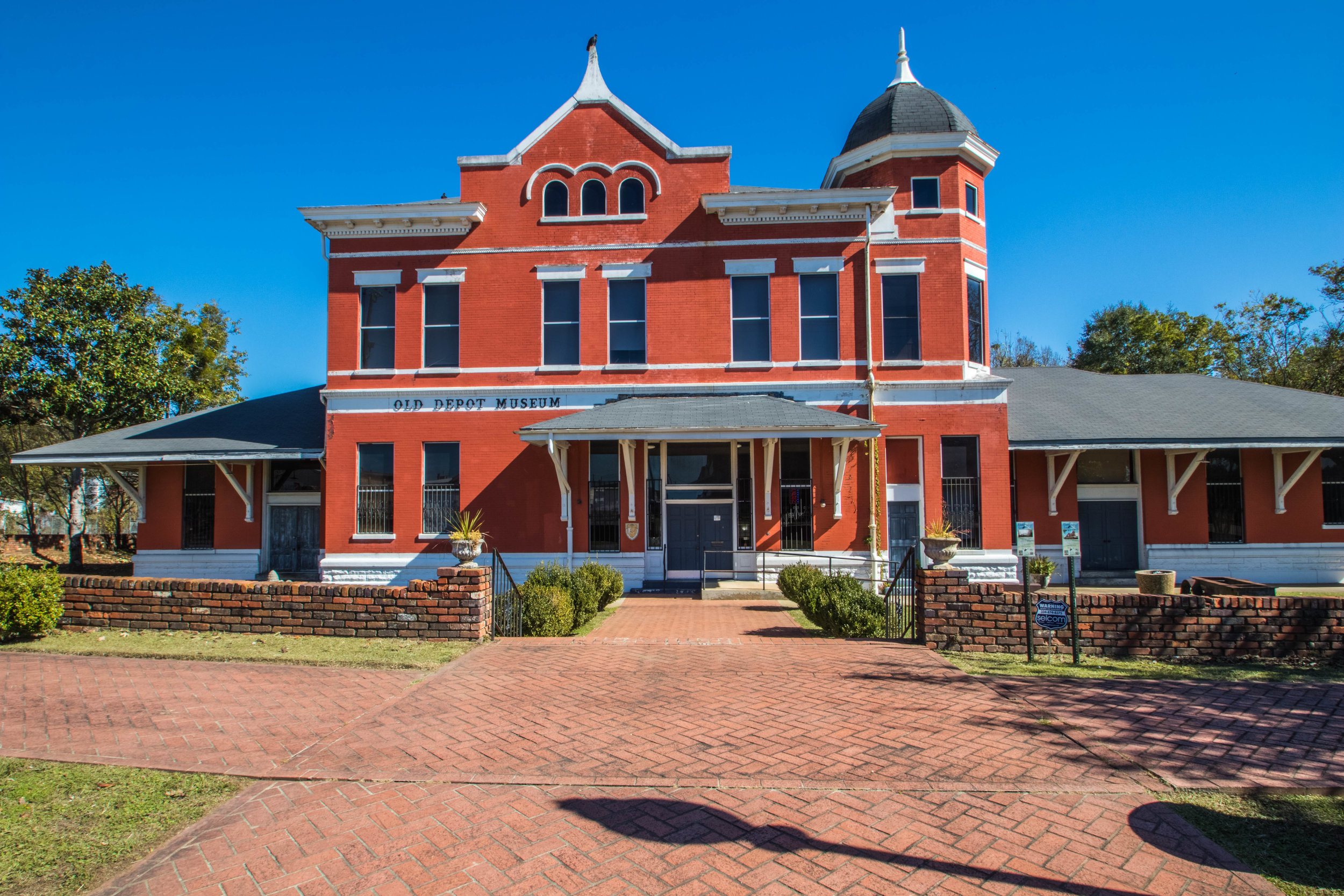
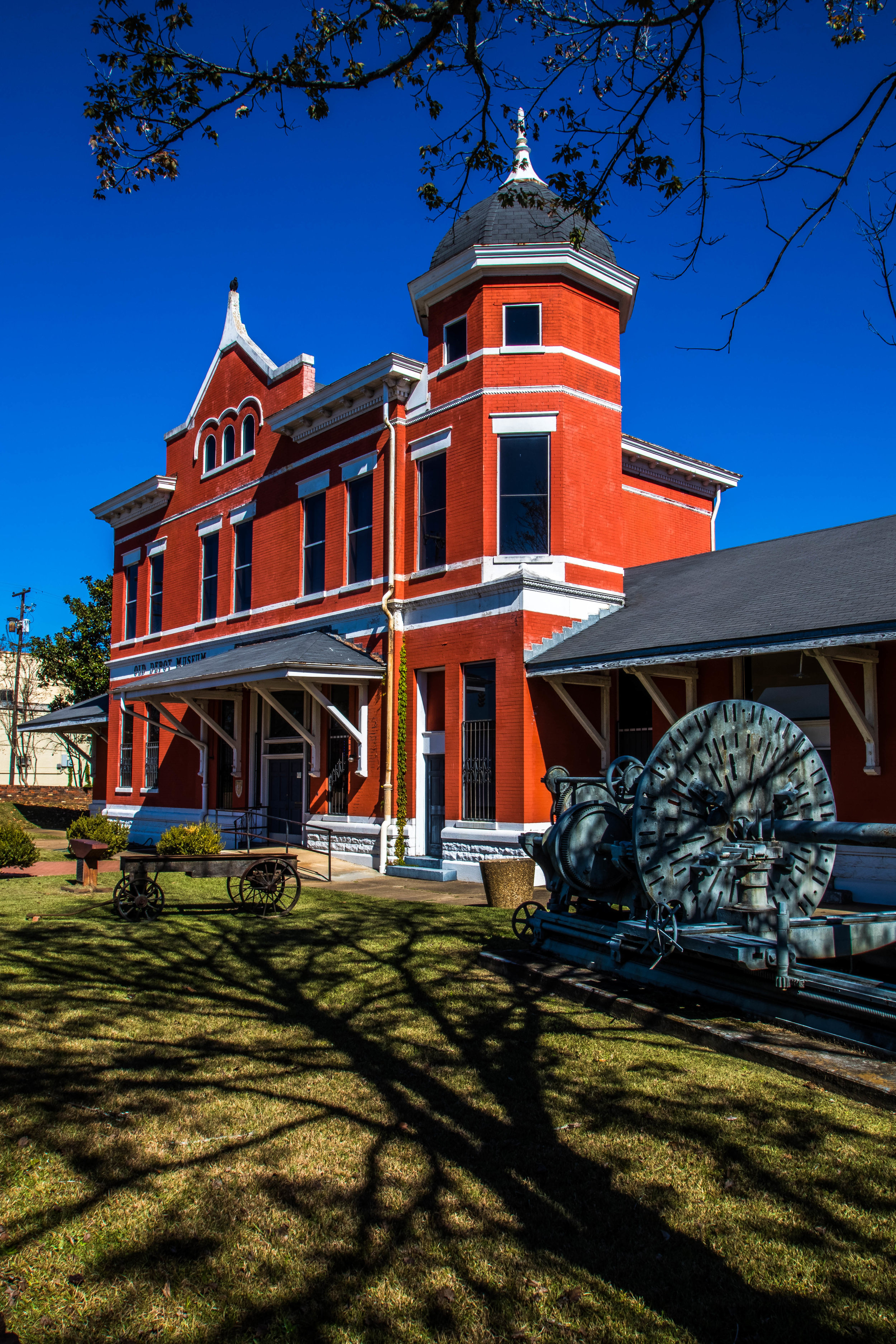
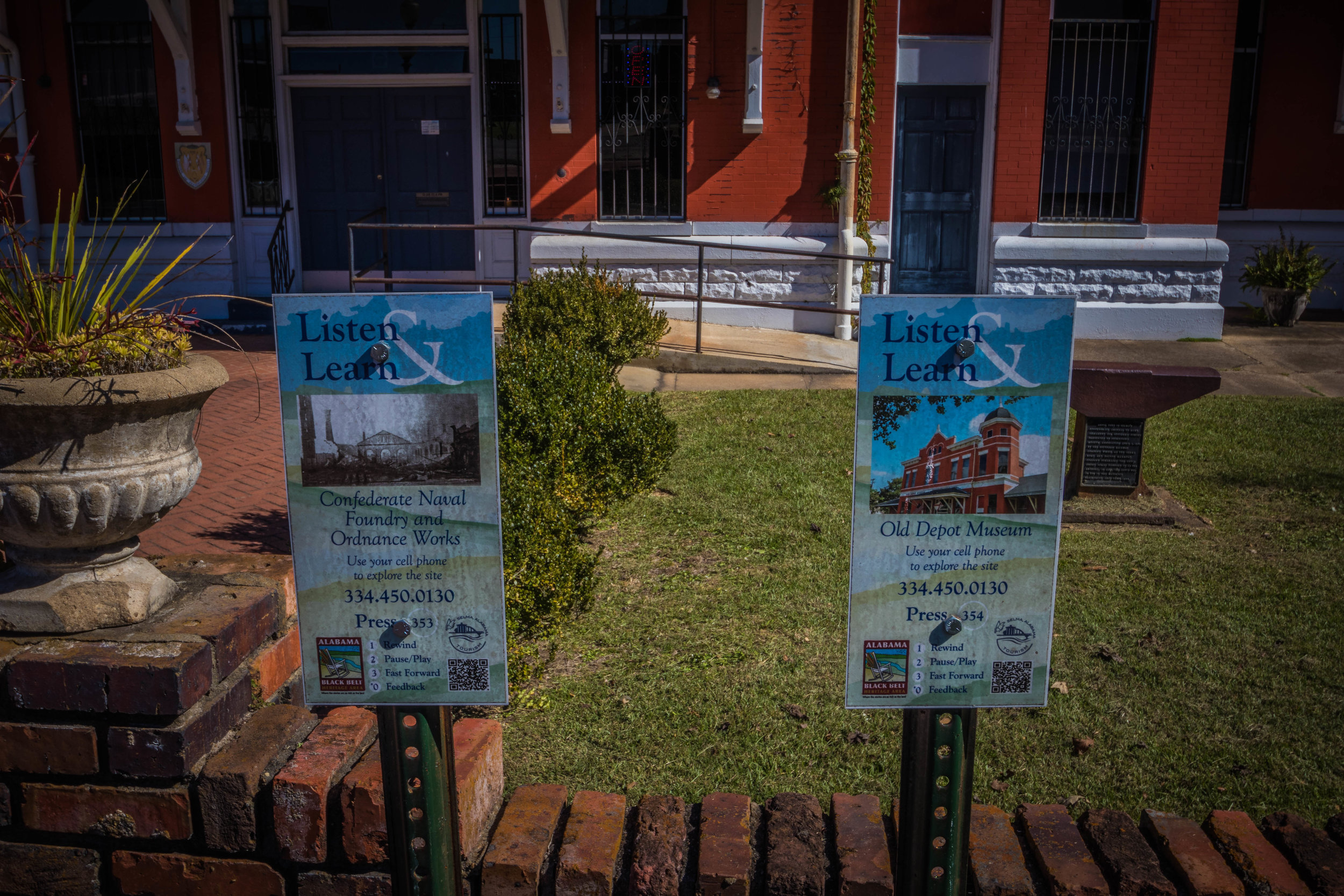
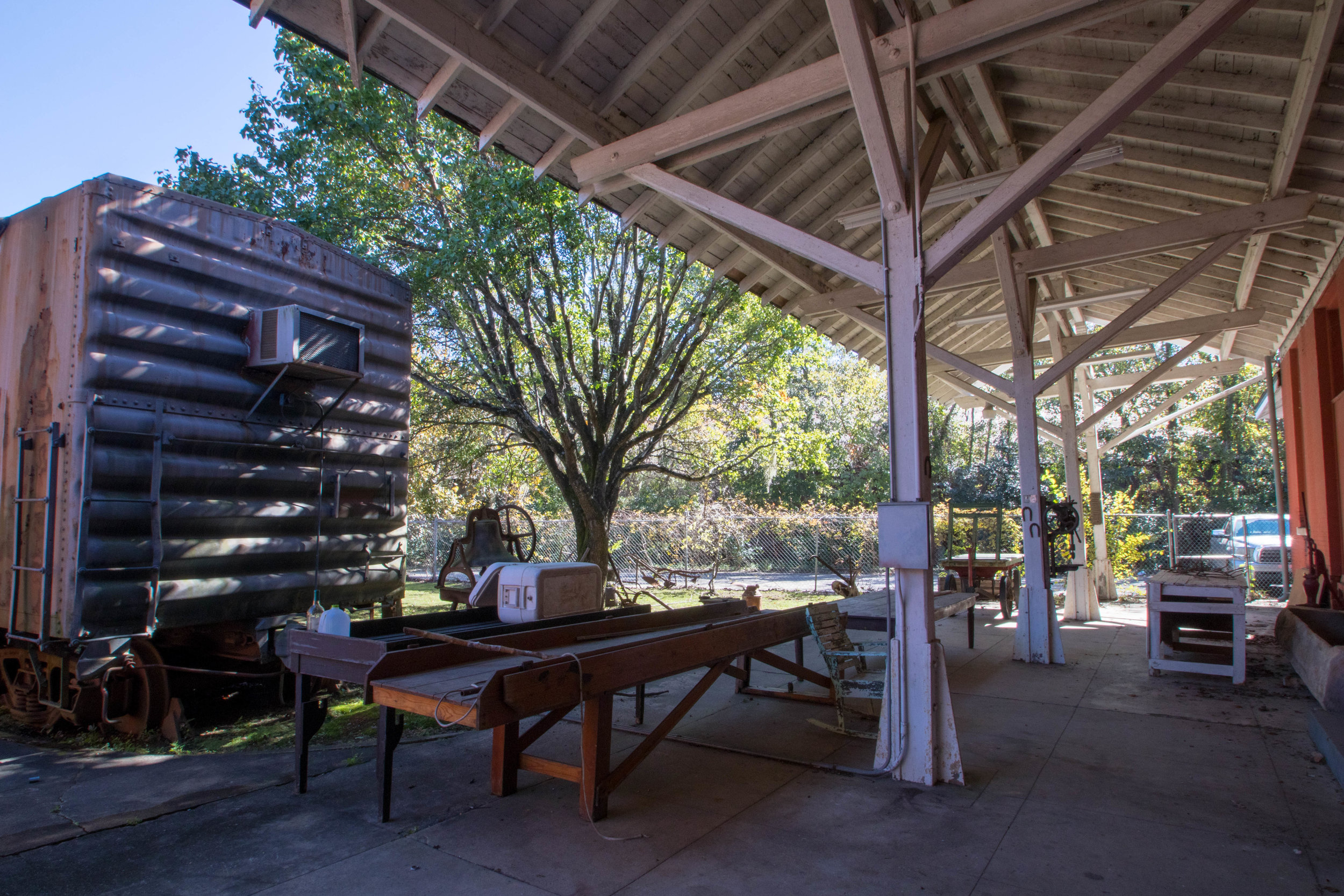
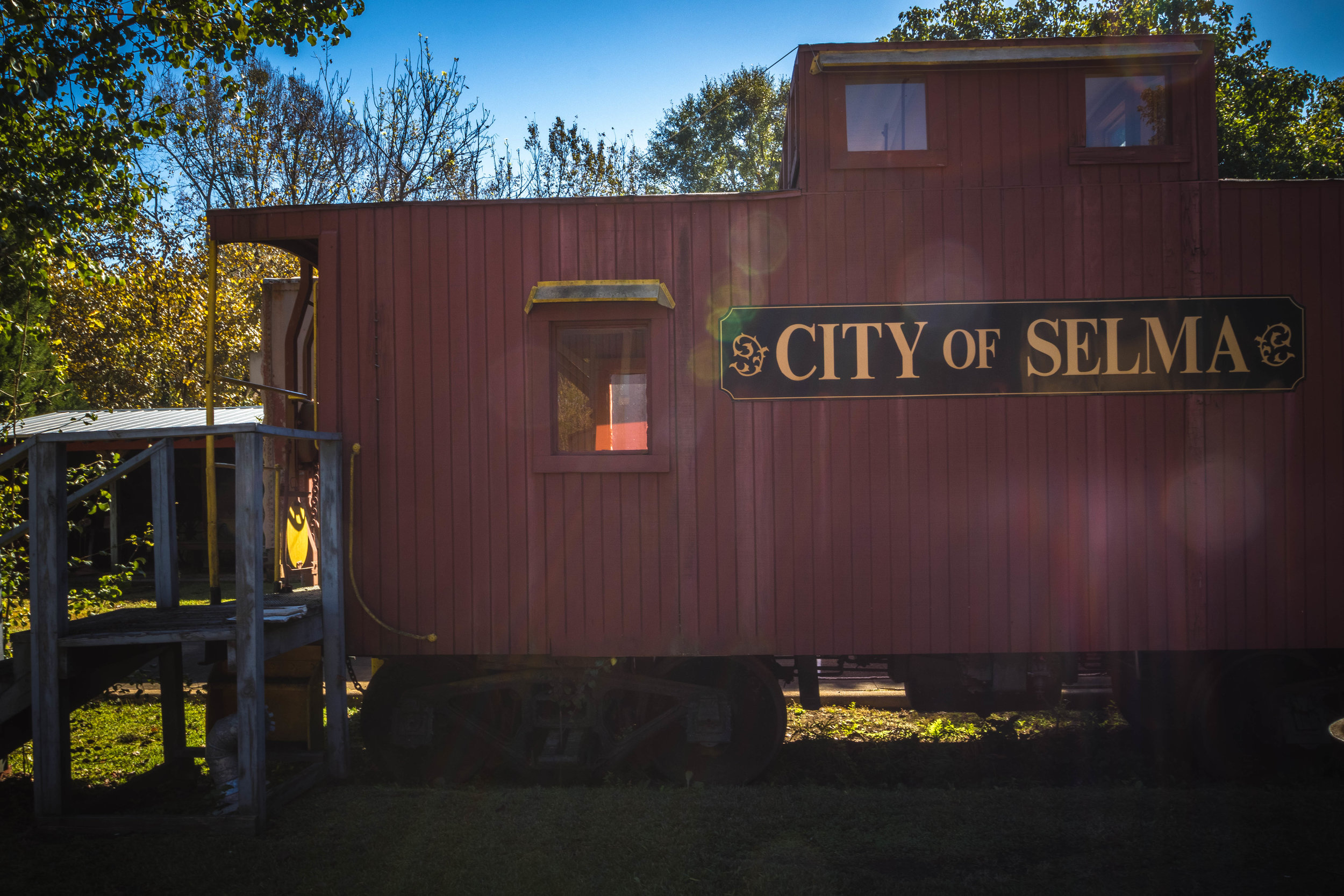
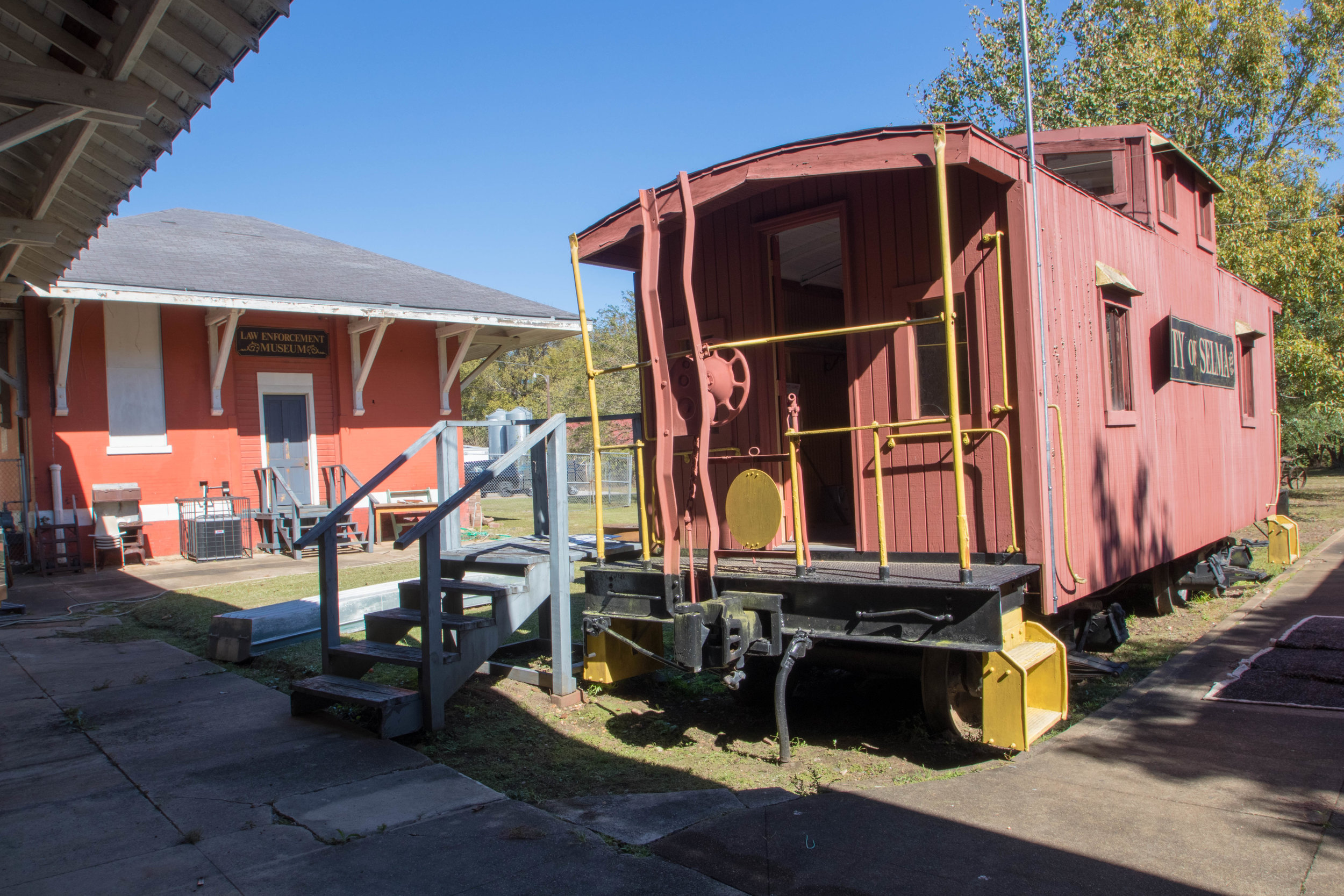

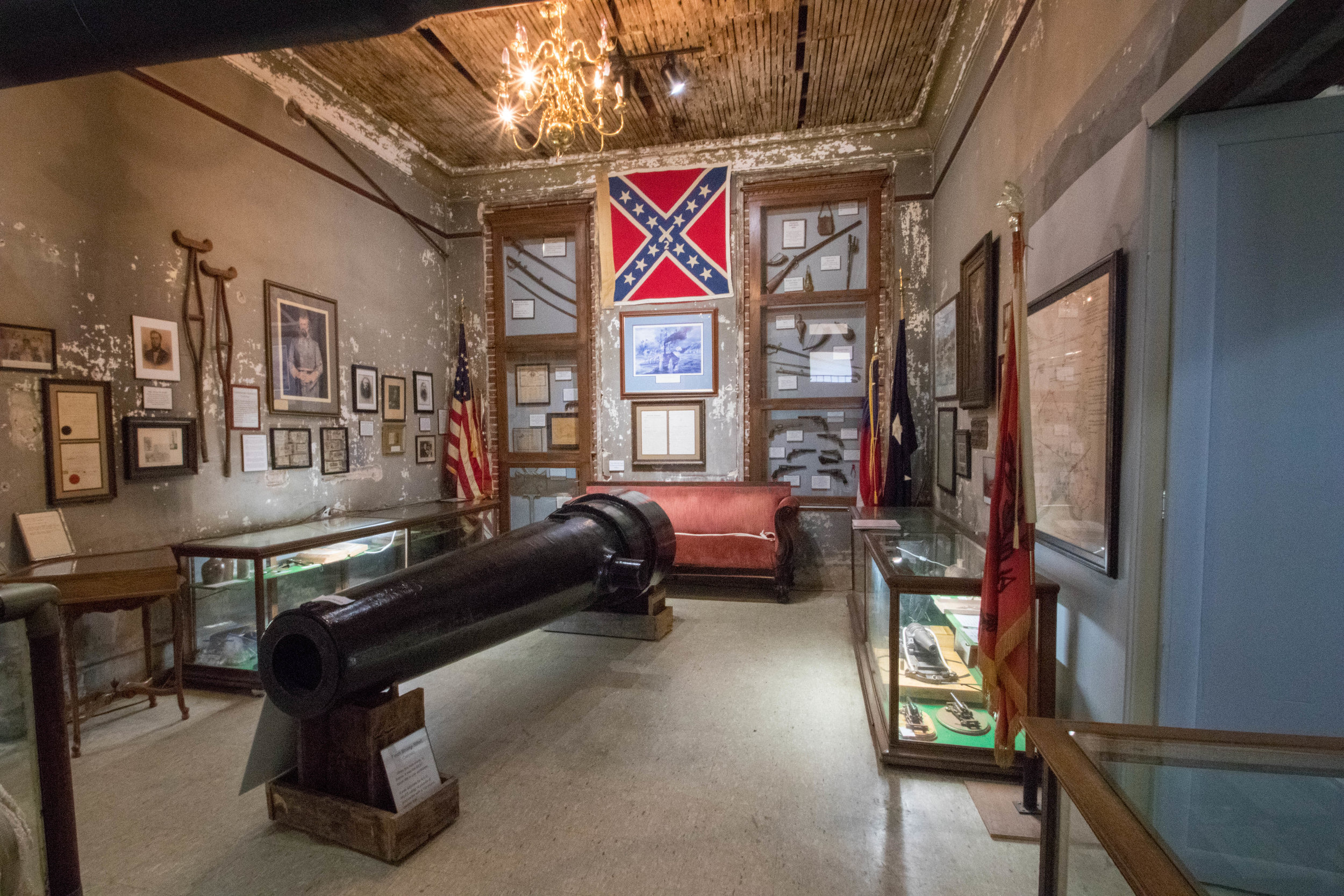
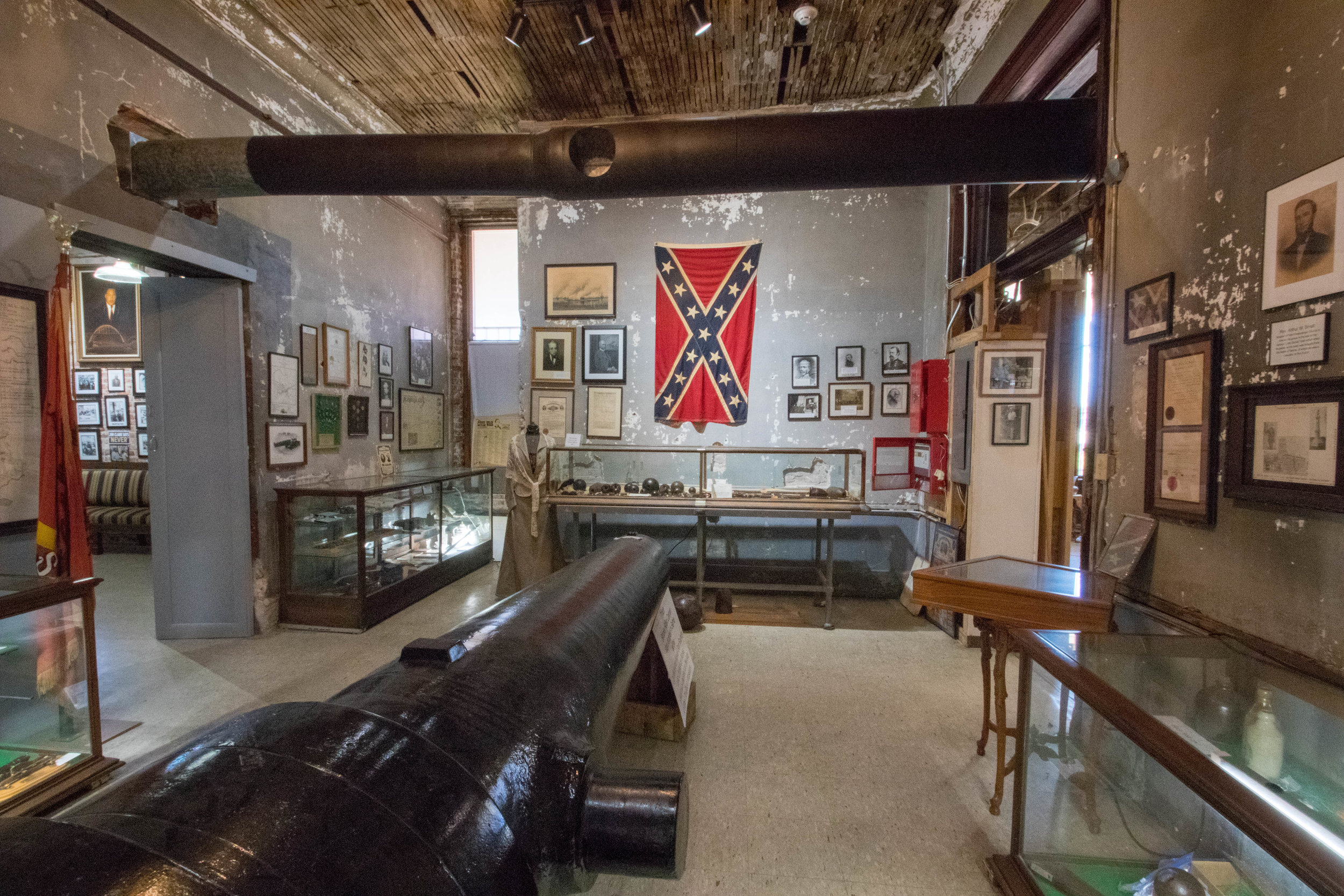
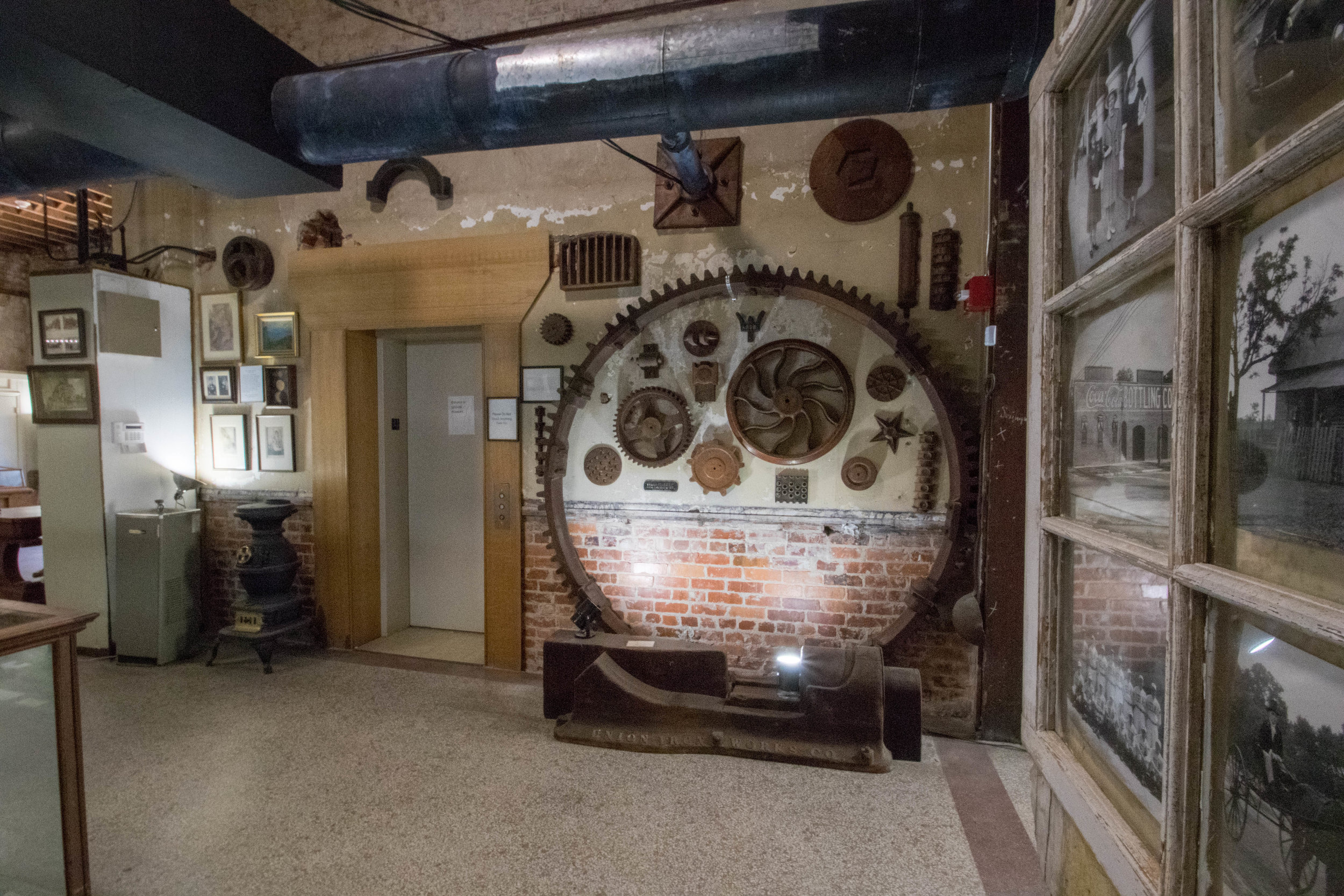
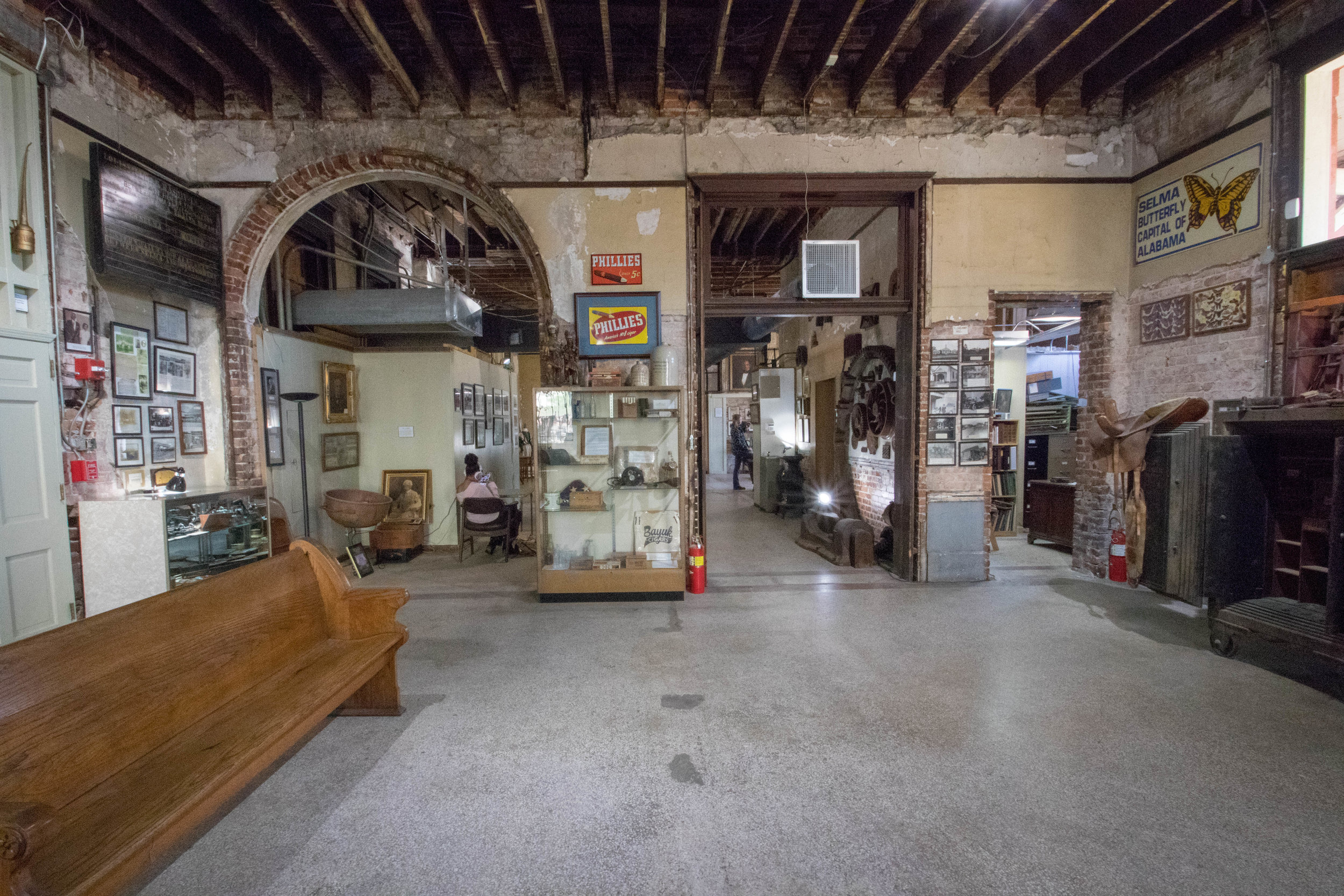
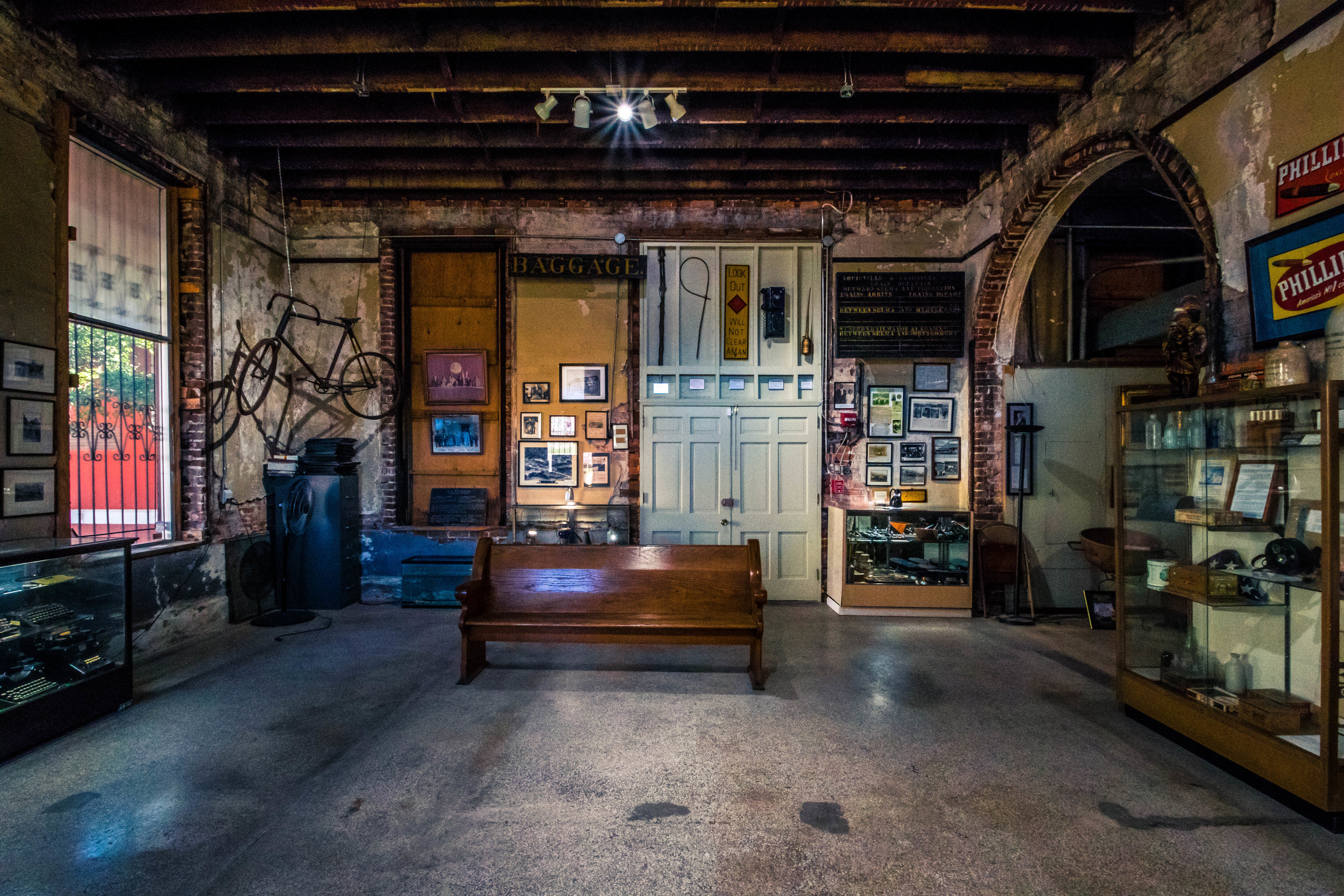
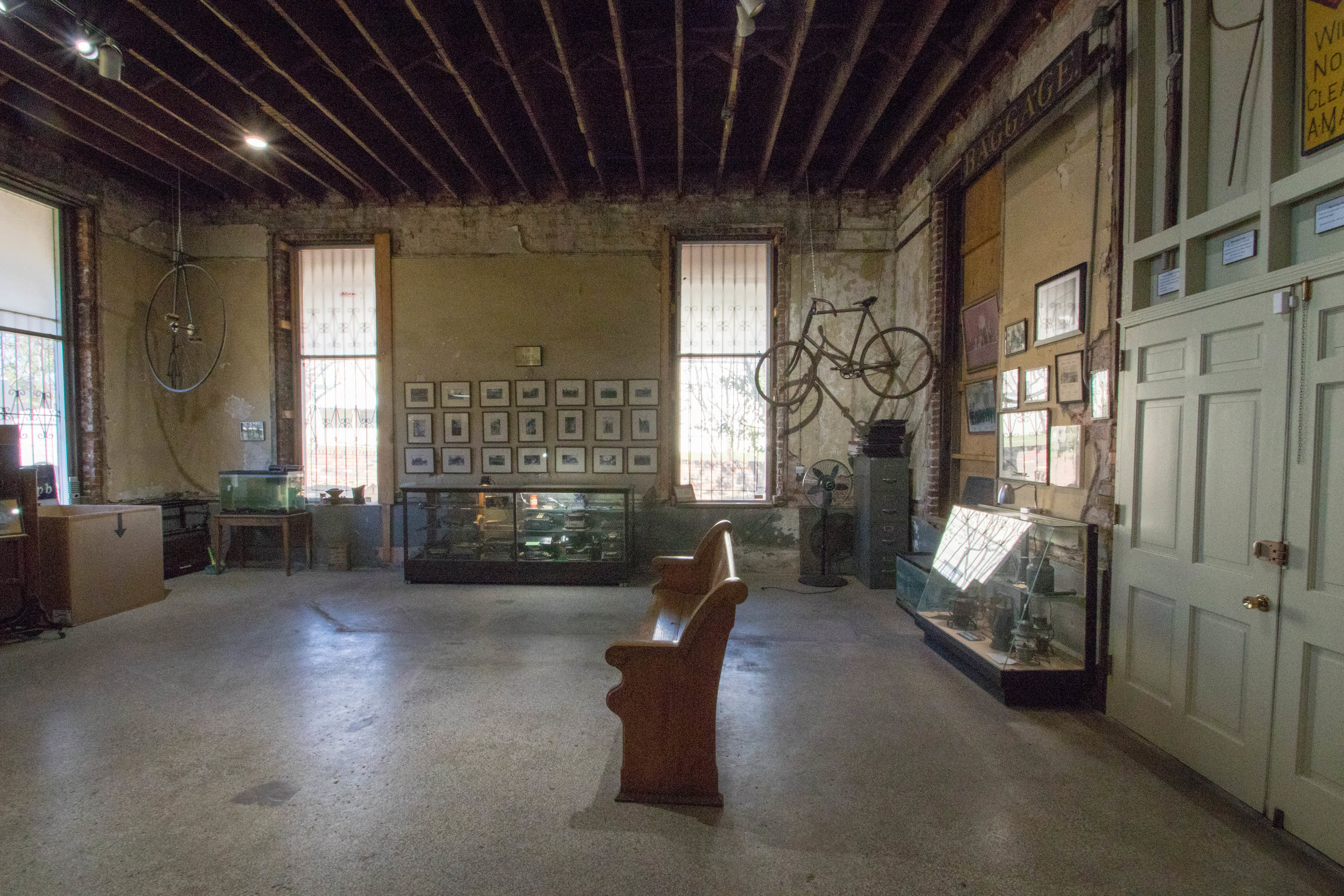
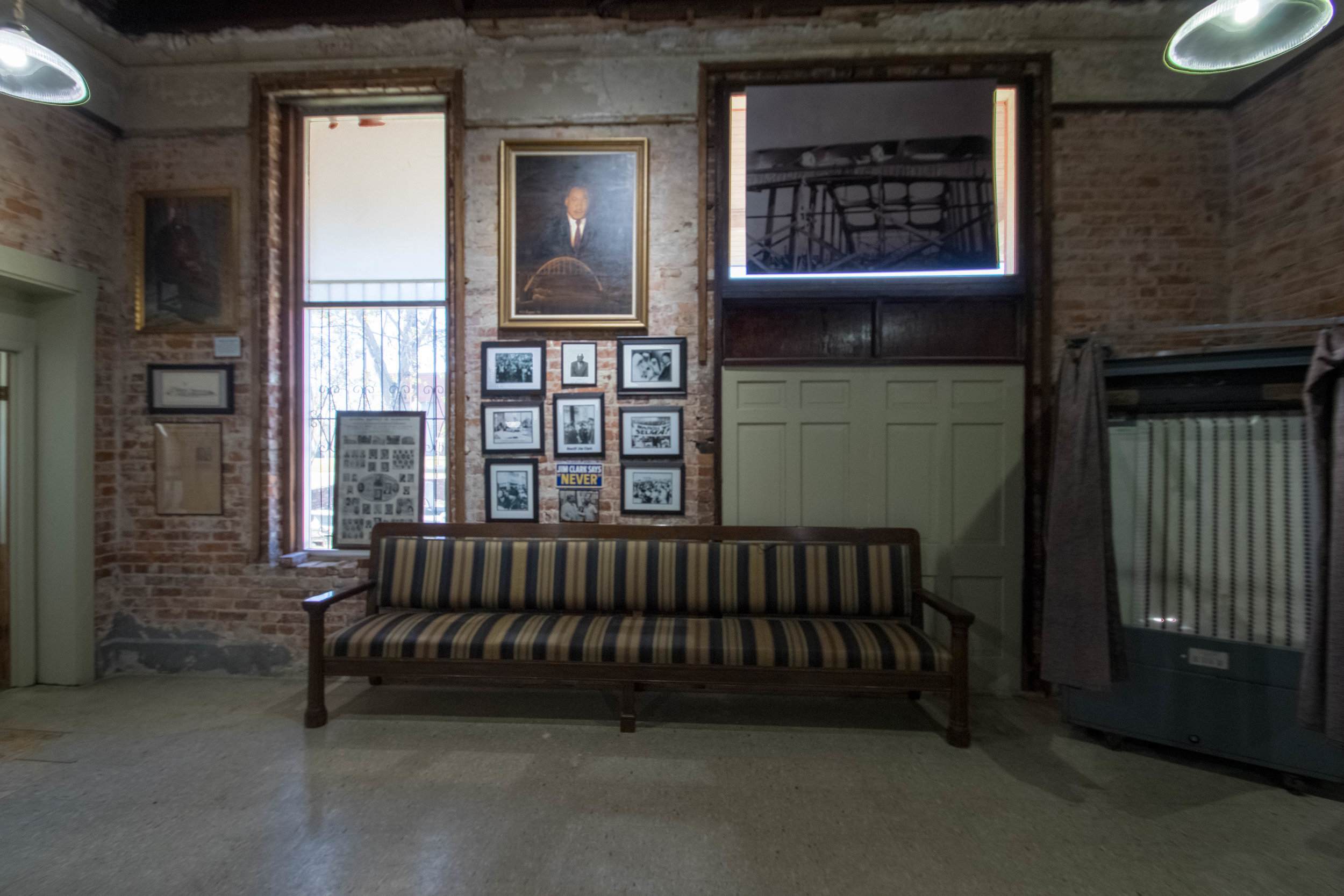
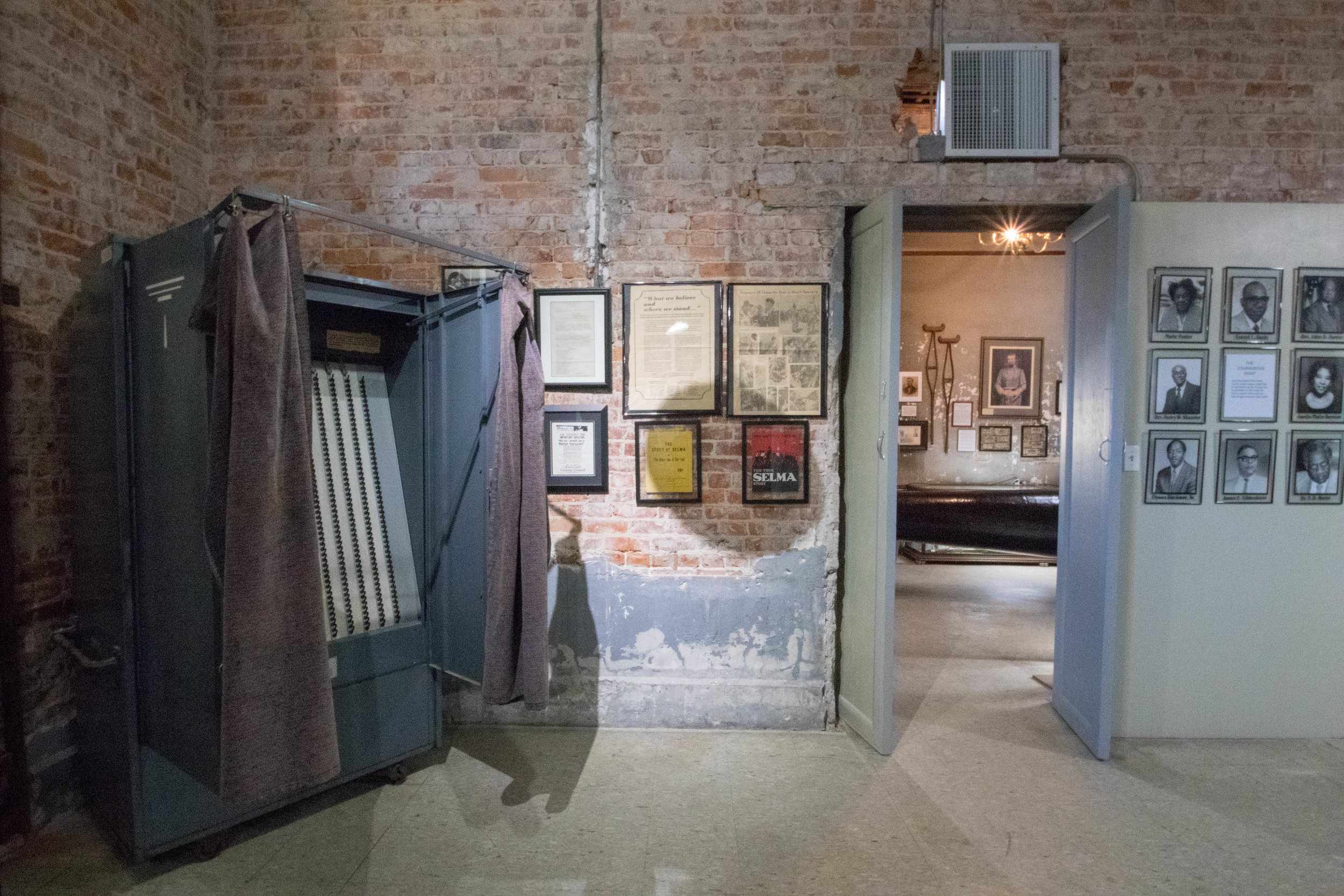
Transformation and reorganization
Under the direction of Curator Beth Spivey, the museum transformed from a cabinet of curiosities with drop ceilings, to a museum that put the story of Selma’s role in the quest for Civil Rights front and center, while also revealing the rich architectural character of the historic building. The photographs below illustrate the museum before 2015, with a number of lingering partitions from the building’s era as a forensics lab.

















